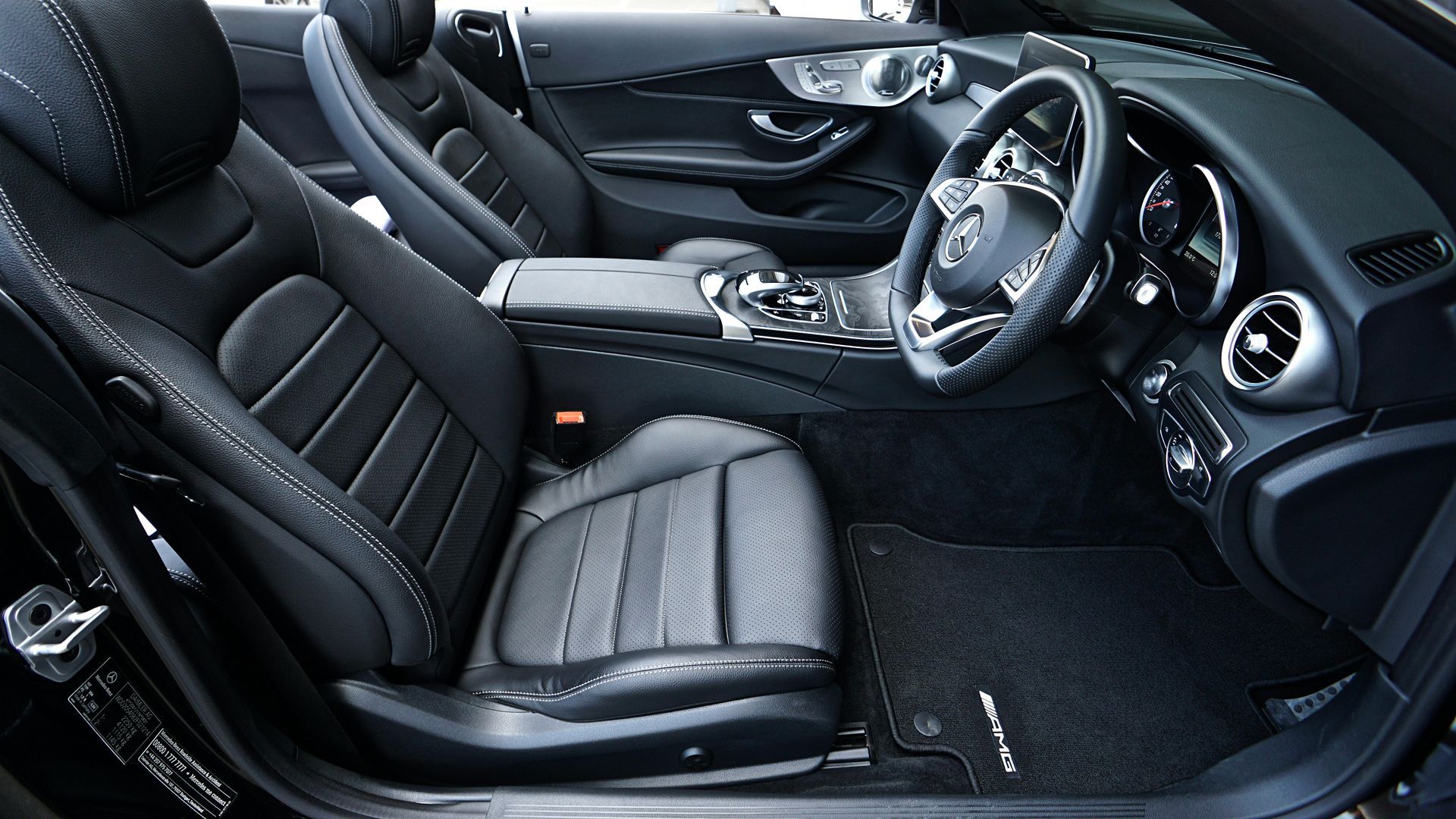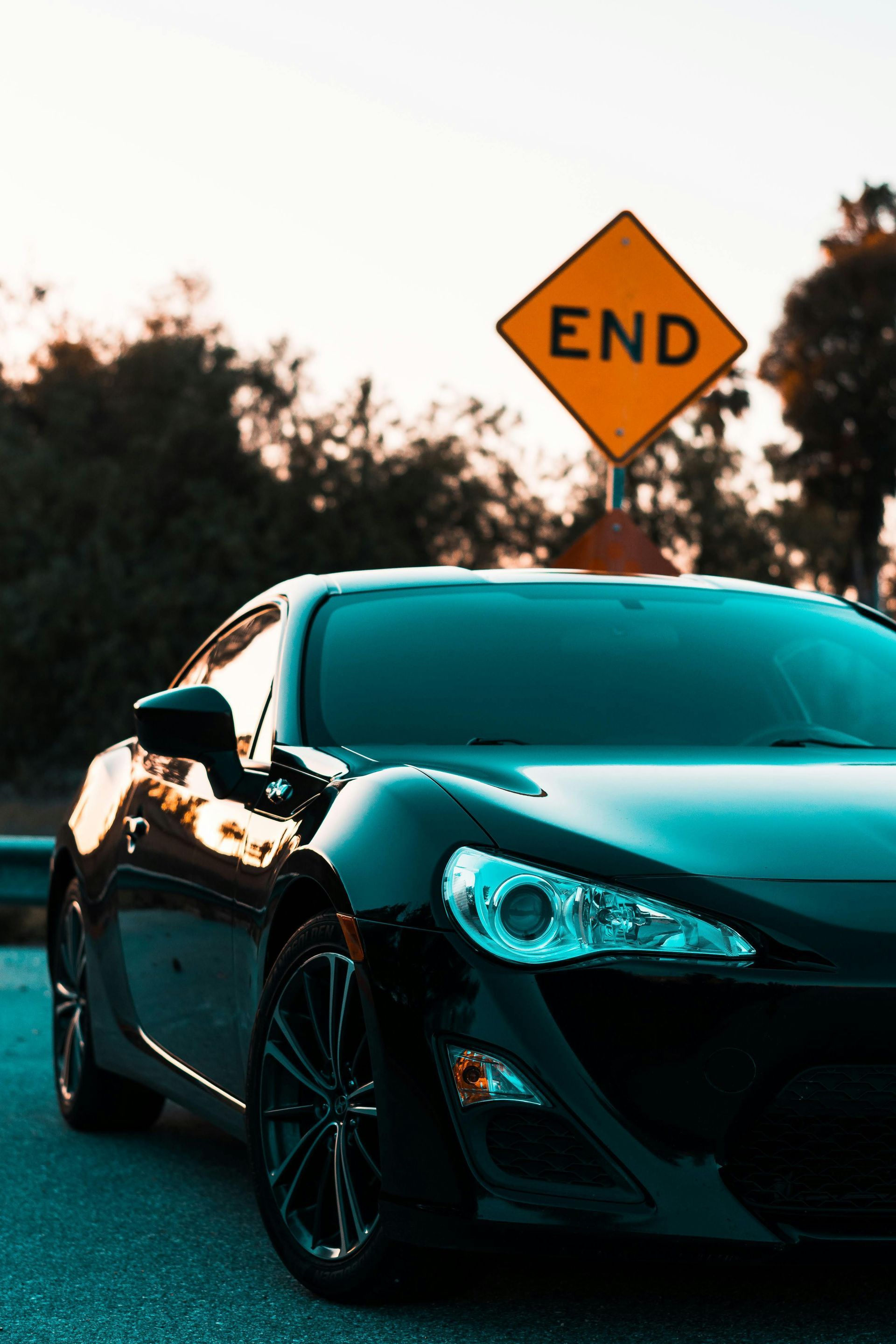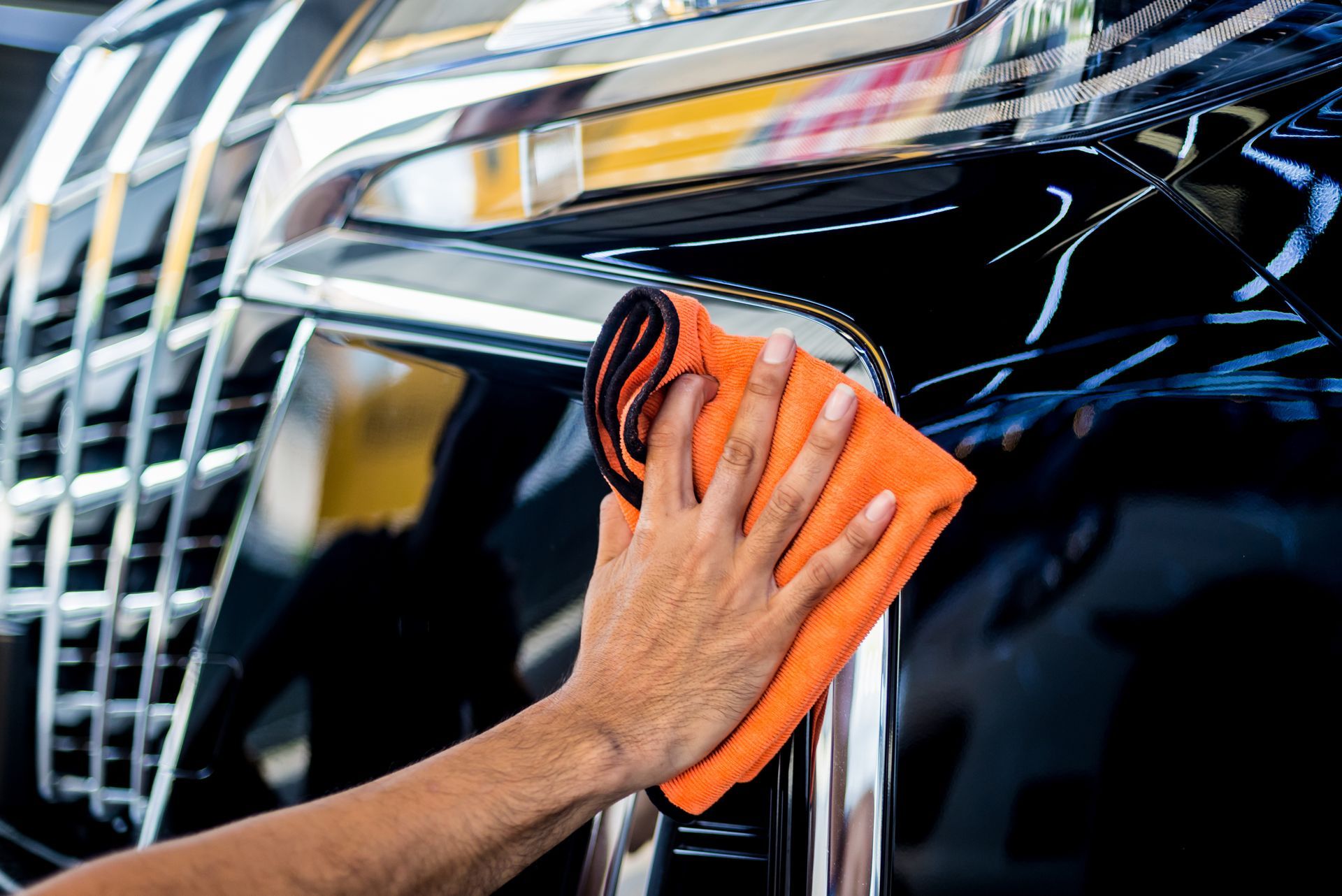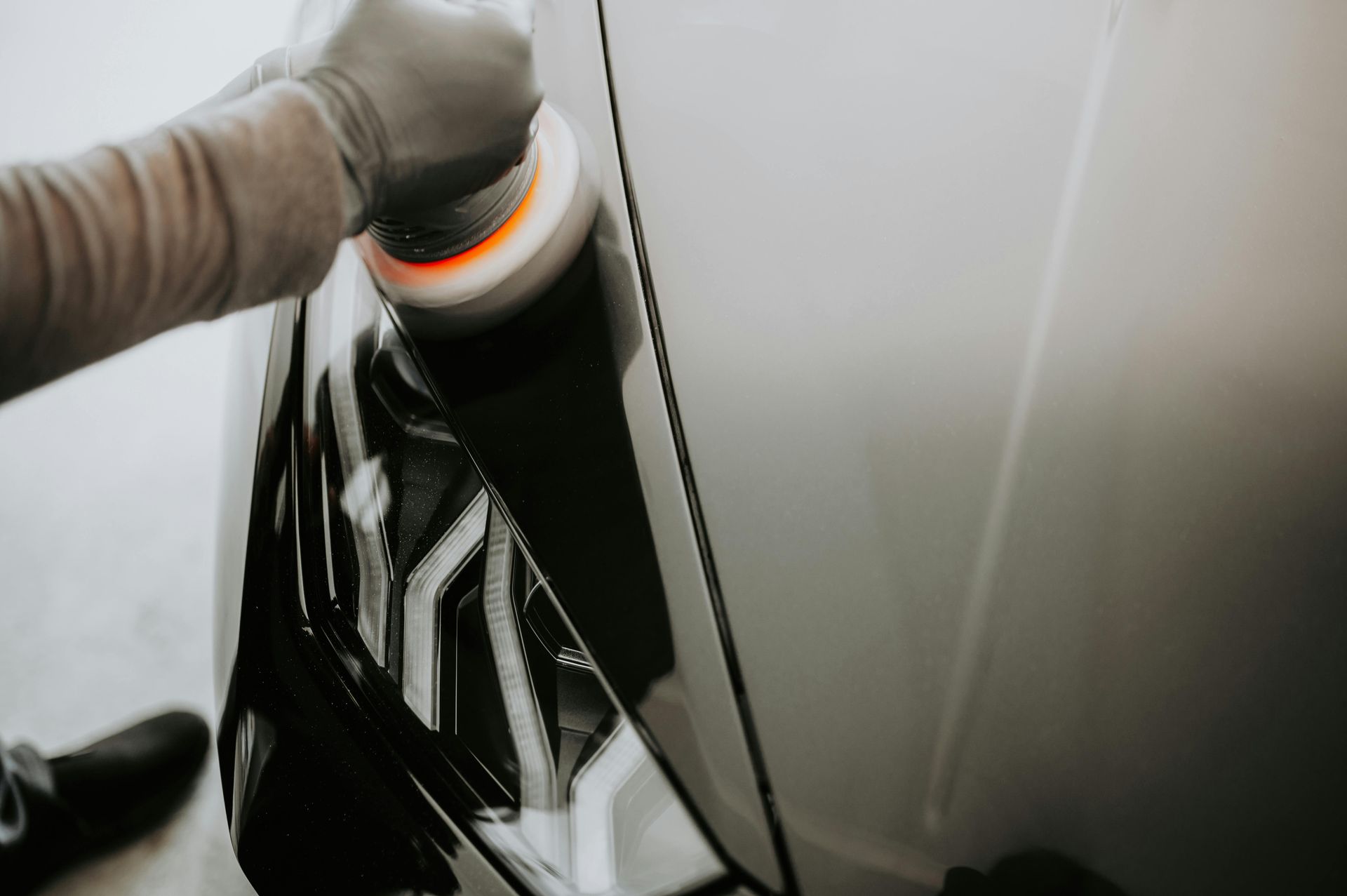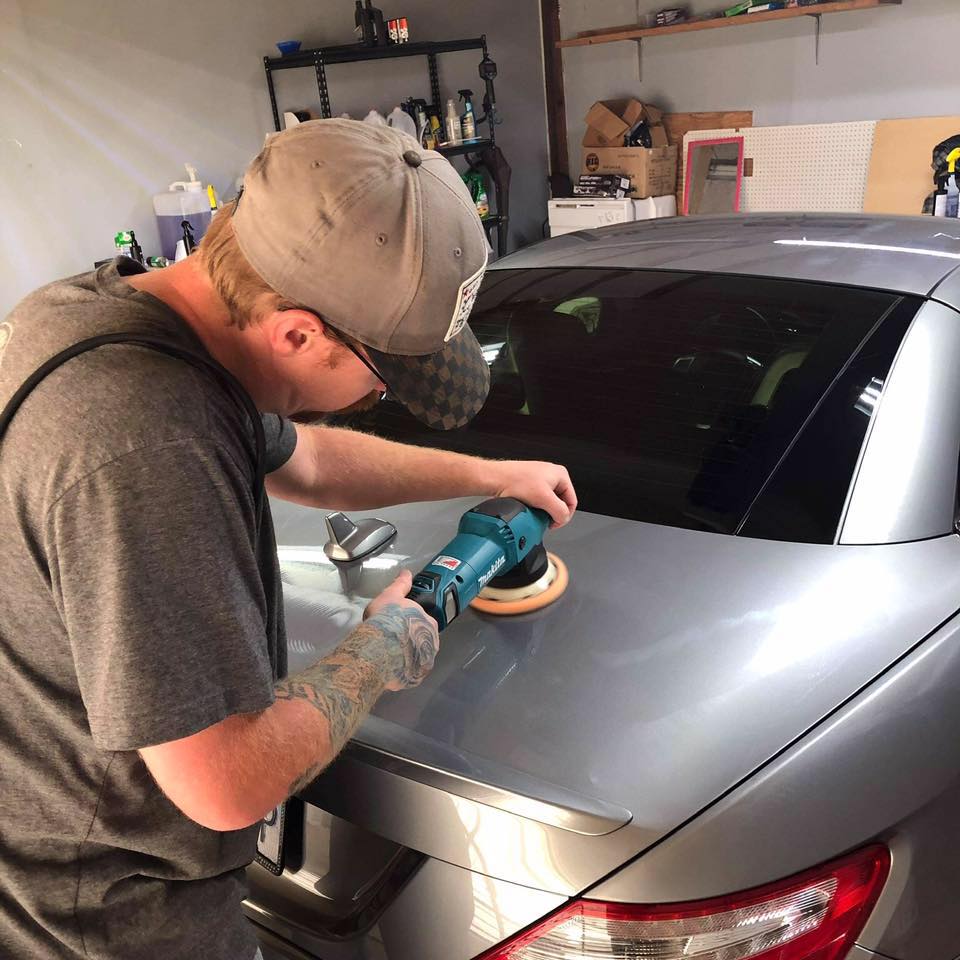The Truth About Car Waxing: Does It Really Protect Your Paint?
When it comes to maintaining your car's appearance, waxing often stands out as a popular and essential practice. But with so many myths and opinions floating around, it's easy to wonder: Does waxing really protect your car's paint? At
The Final Touch Auto Detailing, we're here to demystify the process and help you understand the real benefits of
car waxing. Whether you're a car enthusiast or just want to keep your vehicle looking its best, this guide will provide you with everything you need to know.
What Is Car Waxing?
Car waxing involves applying a thin layer of wax, typically made from natural or synthetic materials, to the exterior of your vehicle. This layer not only enhances the shine of your car but also provides a protective barrier against various environmental factors. The wax forms a seal over the paint, which can help prevent damage from pollutants, UV rays, and moisture. This protective coating is crucial because it acts as a first line of defense, preserving the underlying paint and maintaining the vehicle's aesthetic appeal. However, the effectiveness of this barrier depends on the type and quality of the wax used, as well as the thoroughness of the application process.
The Benefits of Waxing Your Car
Waxing your car offers several advantages, making it a worthwhile investment for vehicle owners. Here are some key benefits:
- UV Protection: The sun's UV rays can cause your car's paint to fade and deteriorate over time. A good quality wax can help shield your vehicle from these harmful rays, acting like sunscreen for your car's exterior. This protection is especially important if you park your car outdoors frequently, where it is exposed to direct sunlight for extended periods.
- Water Beading: Waxing creates a hydrophobic layer that causes water to bead up and roll off the surface. This effect not only looks impressive but also serves a practical purpose. By preventing water from settling on the paint, waxing helps reduce the risk of water spots, which can leave unsightly marks and potentially lead to corrosion.
- Enhanced Shine: One of the most noticeable benefits of waxing is the deep, glossy finish it imparts. This shine makes your car look new and well-maintained, enhancing its curb appeal. Whether you're heading to a car show or just want to enjoy the pride of a gleaming vehicle, waxing can make a significant difference in your car's appearance.
- Scratch Resistance:
While waxing won't make your car completely scratch-proof, it can provide a layer of protection against minor abrasions. The wax can help fill in small imperfections and reduce the visibility of scratches and swirl marks. This not only improves the overall look of the paint but also helps prevent further damage.
Common Myths About Car Waxing
Despite its popularity, several myths surround car waxing. Let's debunk some of the most common misconceptions:
- Myth 1: Waxing Is the Same as Polishing: While both are essential for car care, waxing and polishing serve different purposes. Polishing is a process that involves using abrasive products to remove imperfections from the paint, such as scratches and oxidation. Waxing, on the other hand, is about adding a protective layer over the polished surface. Both steps are crucial for maintaining a car's appearance, but they are not interchangeable.
- Myth 2: Waxing Is Only for Aesthetics: Beyond aesthetics, waxing provides a protective layer that can prolong the life of your car's paint. It helps prevent damage from environmental elements such as bird droppings, tree sap, and road grime. These substances can be corrosive and cause long-term damage if not addressed promptly. Waxing makes it easier to clean these contaminants off the paint, protecting it from potential harm.
- Myth 3: You Can't Wax a New Car: Many people believe that new cars do not need waxing because their paint is already in good condition. However, waxing a new car can add an extra layer of protection right from the start. The factory paint job, while fresh, can still benefit from the added defense against UV rays, water, and contaminants. Starting a waxing routine early can help maintain the car's pristine condition for a longer time.
How Often Should You Wax Your Car?
The frequency of waxing depends on various factors, including the type of wax used, your local climate, and how often you drive your car. As a general rule, it's recommended to wax your car every three to four months. However, if you live in an area with harsh weather conditions, such as extreme heat, cold, or high humidity, you may need to wax more frequently. Similarly, if your car is often exposed to environmental hazards like road salt, industrial fallout, or bird droppings, more frequent waxing can provide better protection. It's also worth noting that some waxes offer longer-lasting protection than others, so the specific product you use will also influence the recommended waxing schedule.
Types of Car Waxes
Choosing the right type of wax is crucial for achieving the best results. Here are the main types of car waxes:
- Carnauba Wax: Known for its deep shine and warmth, carnauba wax is a natural option that provides excellent protection but typically lasts for a shorter period. It is derived from the leaves of the carnauba palm tree and is prized for its ability to enhance the depth and clarity of a car's paint. Carnauba wax is often preferred by car enthusiasts and detailers for its aesthetic benefits, although it requires more frequent application.
- Synthetic Wax: Made from polymers, synthetic wax offers longer-lasting protection and is easier to apply than natural waxes. Synthetic waxes, often referred to as sealants, provide a more durable barrier against environmental elements. They are especially effective at repelling water and resisting contaminants, making them a practical choice for those looking for convenience and long-term protection.
- Spray Wax: Ideal for quick applications, spray waxes are convenient but usually provide less protection than paste or liquid waxes. They are perfect for touch-ups between full wax applications or for adding an extra layer of shine after washing your car. While they do not offer the same level of durability as traditional waxes, they are a handy option for maintaining your car's appearance on the go.
The Waxing Process: A Step-by-Step Guide
- Wash and Dry Your Car: Start with a clean surface to ensure the wax adheres properly. Dirt, grime, and debris can cause scratches during the waxing process if not removed beforehand. Use a high-quality car shampoo and a microfiber wash mitt to thoroughly clean your vehicle, then dry it with a soft microfiber towel.
- Choose the Right Wax: Select a wax that suits your needs and the type of finish you desire. Consider factors such as ease of application, longevity, and the desired level of shine. Whether you opt for a natural or synthetic wax, ensure it is compatible with your car's paint type.
- Apply the Wax: Using a soft applicator, apply a thin layer of wax in a circular motion. Work on small sections at a time, ensuring even coverage. Avoid applying too much wax, as this can make it difficult to buff off and may leave streaks. A little goes a long way, and a thin, even layer is sufficient to achieve the desired protection.
- Let It Haze: Allow the wax to dry to a haze, following the manufacturer's instructions. This typically takes a few minutes, depending on the product and environmental conditions. The hazing process indicates that the wax has bonded to the paint and is ready to be buffed.
- Buff the Wax:
Use a microfiber cloth to buff the wax, revealing a shiny, protected surface. Buffing removes the excess wax and enhances the shine. Use gentle, circular motions and frequently flip the cloth to a clean side to avoid smearing. The result should be a smooth, glossy finish that not only looks stunning but also offers robust protection.
Keep Your Car Shining and Protected with Regular Waxing
Waxing is more than just a cosmetic enhancement; it's a critical component of car maintenance that offers protection against environmental hazards. At The Final Touch Auto Detailing, we recommend regular waxing to keep your car looking pristine and safeguard its paint. The protective layer provided by wax acts as a shield against harmful UV rays, water, dirt, and other contaminants. By investing in regular car waxing, you can extend the life of your car's paint, prevent damage, and maintain its resale value. With proper care and the right products, your vehicle's paint can remain vibrant and protected for years to come.
For expert
auto detailing services, including professional waxing,
ceramic coating,
paint correction & polishing, and
interior cleaning, contact The Final Touch Auto Detailing at
316-200-2604 or
785-370-5009. Our team of experienced detailers is dedicated to providing the highest quality service, ensuring your car looks its best and stays protected. Let us help you preserve the beauty of your vehicle!
Frequently Asked Questions
For more information or to schedule an appointment, contact
The Final Touch Auto Detailing at
316-200-2604 or
785-370-5009. Let our experts help you keep your car looking flawless and well-protected.


